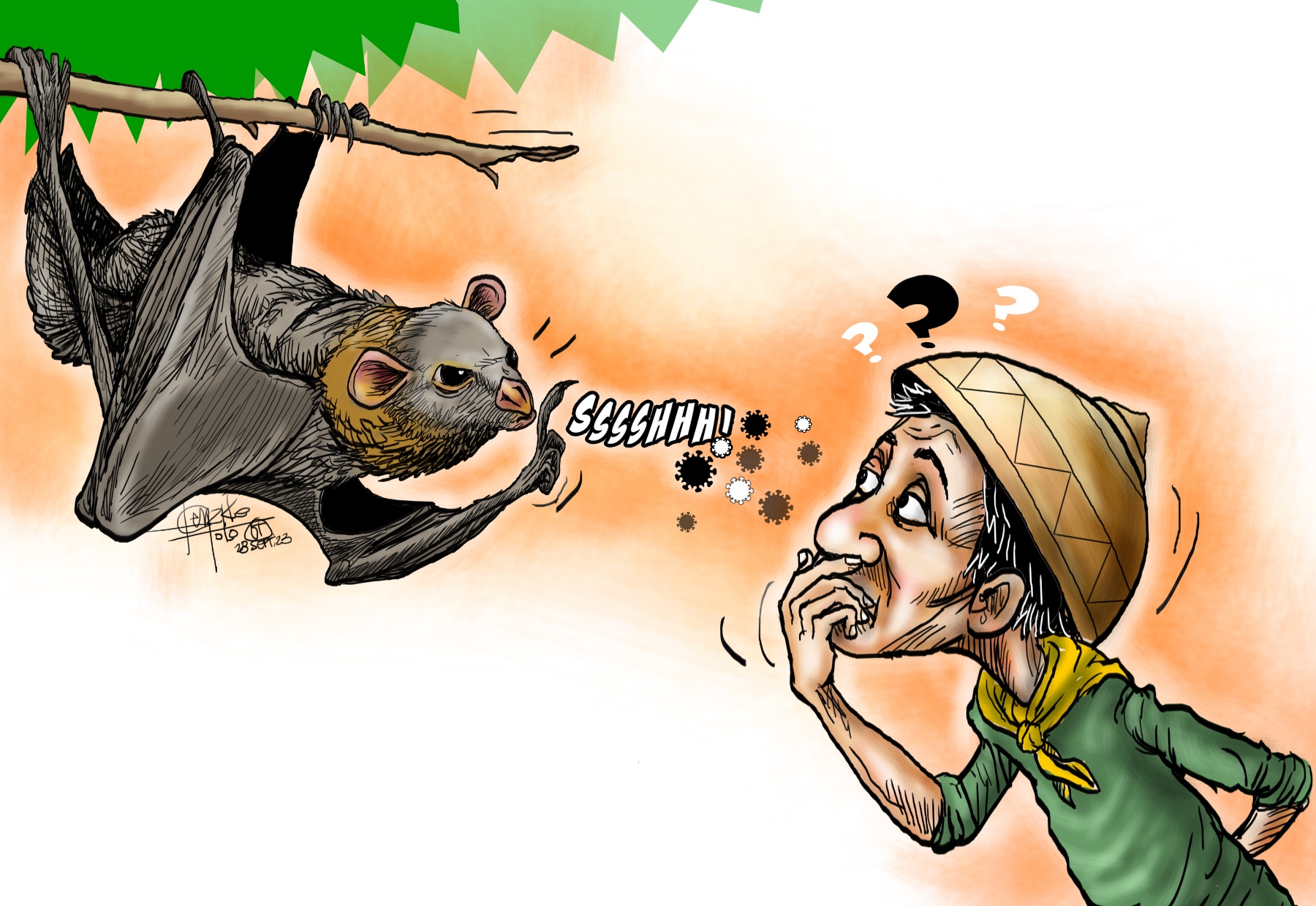The Nipah virus has a significantly higher fatality rate than Covid-19.

Amid the Covid-19 pandemic, another deadly virus has emerged globally, casting a shadow of fear and concern.
The Nipah virus, often overshadowed by its more notorious counterparts, has garnered attention due to its alarming fatality rate and potential for large-scale outbreaks.
First identified in 1999, when it caused an outbreak in Malaysia and Singapore, the virus was named after the village of Sungai Nipah in Malaysia, where it was initially discovered. It primarily affects both animals and humans.
The primary mode of transmission of the Nipah virus is through direct contact with infected bats or their contaminated excretions, such as saliva or urine. Human-to-human transmission is also possible through close contact with infected individuals’ respiratory secretions or bodily fluids.
The virus can be transmitted through contaminated fruits, particularly date palm sap, which has been a common source of outbreaks in South Asia.
Nipah virus infection can manifest as a range of clinical presentations, from asymptomatic or mild flu-like symptoms to severe encephalitis. Early symptoms may include fever, headache, dizziness, and nausea, making diagnosis challenging in the initial stages.
Patients can develop severe respiratory issues and neurological symptoms as the disease progresses, leading to coma and death. Alarmingly, Nipah virus infections have been known to have fatality rates ranging from 40 percent to 75 percent, significantly higher than Covid-19.
Nipah virus outbreaks have predominantly occurred in South and Southeast Asia, particularly in Bangladesh, India, and Malaysia. These regions are home to fruit bats, the natural reservoir of the virus. While sporadic outbreaks have been reported, the virus’s potential for human-to-human transmission poses a serious public health threat.
It’s crucial to understand that comparing the Nipah virus to Covid-19 is not a matter of declaring one deadlier. These viruses differ significantly in transmission, scale, and global impact. However, it is essential to highlight the unique challenges posed by Nipah virus outbreaks.
As mentioned earlier, the Nipah virus has a significantly higher fatality rate than Covid-19. While Covid-19 has caused immense suffering and loss of life globally due to its wide transmission, Nipah virus outbreaks are associated with higher mortality rates among those infected, making it a deadlier prospect for affected communities.
Nipah is primarily spread through close contact with infected individuals or contaminated materials, limiting its potential for a pandemic on the scale of Covid-19. However, the virus’ high fatality rate and human-to-human transmission potential make it a concerning localized threat.
Covid-19 has led to unprecedented global efforts to contain its spread, including the development of vaccines in record time. In contrast, Nipah has received less attention and funding, which raises concerns about the world’s preparedness to respond effectively to potential outbreaks.
Given the potential severity of Nipah virus outbreaks, it is crucial to take proactive measures to prevent and control its spread.
Although infectious diseases expert Dr. Rontgene Solante, who is also the president of the Philippine College of Physicians, has said that there is nothing to fear about the zoonotic disease, establishing a robust surveillance system to monitor potential outbreaks is essential. Early detection allows for the swift isolation of infected individuals and the implementation of public health measures.
Raising public awareness of the risks associated with handling bats or consuming date palm sap without proper precautions can also reduce the chances of transmission. While no licensed vaccines are available yet, progress in this area could significantly improve our ability to combat the virus.
The Nipah virus may not be capturing global headlines like Covid-19, but its potential for devastation cannot be underestimated. With a high fatality rate and the ability to spread from person to person, potential Nipah virus outbreaks demand our attention and preparedness.
While Covid-19 has dominated our lives for the past few years, we must remain vigilant and proactive to understand and combat other deadly infectious diseases like the Nipah virus.
The lessons we have learned from the Covid-19 pandemic can help us respond more effectively to future health threats, whether known or yet to be discovered.
*****
Credit belongs to: tribune.net.ph
 Atin Ito First Filipino Community Newspaper in Ontario
Atin Ito First Filipino Community Newspaper in Ontario






